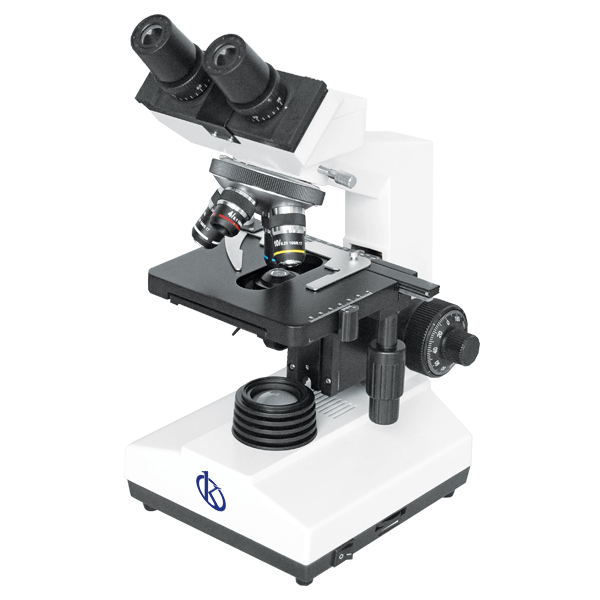Initially, microscopes have been commercially available for almost 70 years and exist today all over the world, being handled in both biological and non-biological materials, therefore, every advancement in microscopic techniques has linked scientists to innovative configurations about the work of living organisms and the nature of matter itself.
The microscope initiative began at the end of the 16th century, demonstrating a previously unexplored dominance of single-celled plants and animals. The progress of X-ray crystallography in the early 20th century provided the first accurate images of matter, providing direct images of viruses and tiny surface structures. Now, another type of microscope that uses x-rays, rather than visible light or electrons, contributes to a different way of inspecting microscopic details, which would be wise to develop even more the natural world’s capacity for perception.
X-ray Microscope Functions
The new X-ray microscopes, which have a much better perception than optical microscopes, are designed to map the distribution of certain chemical elements, capable of forming images quickly, and three-dimensional.
Also, images through the microscope, uses electromagnetic radiation from the low energy X-ray band, to create augmented frames of an object. The short wavelength of the X-rays makes visible the details that are a million times smaller than a grain of sand, these being structures in the range of the nanometer (the millionth part of a millimeter). With X-ray microscopes, doctors can see inside microchips, catalysts, small pieces of bone, or brain tissue.
Basically, it’s a high-resolution, high-contrast tool of the entire internal structure of intact biological cells, in its almost natural state, for use in laboratories.
Importance of the X-ray Microscope for Science
Today, scientists are constantly taking on the challenge of solving the characteristics of cells, and their cellular elements in a state as close as possible to the native, and through the utility of X-rays, it allows advances, together with the progress of cell preparation methods, which have made it possible to build X-ray microscopes, prepared to obtain images of whole cells, at a resolution between electron microscopy and optical microscopy.
In this sense, the combination with microscopes allows selecting the most appropriate cells for in-depth study with X-ray microscopy, achieving more efficient and accurate studies. Also, it can benefit from the high sensitivity offered by X-ray fluorescence, to show and place really small amounts of metal ions inside the cells, which corresponds to the field of medicine, a great contribution to experience the causes of various metabolic diseases.
Finally, thanks to the improvement of X-ray optics and the use of three-dimensional reconstruction tomographic methods, it has been possible to deploy X-ray tomography of frozen cells. This technique allows us to obtain images of cells in their natural state with a resolution of up to 30 nm, which translates into images in which the viruses that infect them can be observed inside the cells.
Kalstein brand microscope
We are manufacturers of the best laboratory equipment and Kalstein meets all the requirements that users require. We have the Microscopes, belonging to the YR models, which have an infinite optical system, binocular display head Infinity siedentopf; inclined to 45° interpupillary 47-78 mm. Inserted Abbe capacitor NA1.25 (including empty plate). 3 W S-LED (LCD screen amplification), sleep timer, brightness lock and indication, etc., Two wave range (B, G, U, V can be combined). Lens lighting fly-eye. application software. Tilt binocular display head. Fivefold backward (no coding). Condenser NA 1.25 Abe Condenser with iris diaphragm and filter, Pinion and zipper adjustment. HERE
We are manufacturers and we have the best advice, so that your purchase is the ideal and at excellent prices. For more information, visit our website HERE

